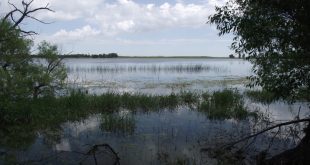A little over a decade ago, a novel disease was sweeping across North America from east to west. In 2002, West Nile Virus (WNV) reached Nebraska and had immediate impacts. Humans, livestock, and birds were susceptible to WNV and consequences were dire in some instances. As we all hopefully know, mosquitoes were and are WNV’s main transmission vector. Now, with more than a decade’s worth of experience and perspective, WNV has become part of life. It remains dangerous, but we have a much improved understanding of it and fear from uncertainty is reduced.

There is also a much improved understanding of the relationships between wild birds and WNV on many different levels. According to the Center for Disease Control (CDC), WNV is documented to have caused deaths in more than 300 North American bird species. Studies have shown certain species were (and are) disproportionately affected while other species have been taking the disease in stride. During the early years of the epidemic, birders noticed a few bird species were increasingly difficult to find. The Black-capped Chickadee was one species that seemed to almost disappear overnight in some areas in late 2002 and into 2003. The assumption all along was that WNV was the culprit. The chickadee’s absence was obvious because it had always been such a common and ubiquitous species. I can remember, at the time, the eerie and unsettled feeling of being in the woods, any woods, and not hearing the chickadee’s familiar call.
Now, more than 10 years since WNV first hit, we can take a look at available data and see how numbers of Chickadees declined and have since rebounded. Breeding Bird Survey (BBS) and Christmas Bird Count (CBC) data are what I will use. Both of these sources are volunteer-driven, well-known and the data are publicly available. First, I’ll show you data for one CBC, followed by data from all of the state’s CBC, and then finally statewide BBS trend data. Even if you are not interested in the specific data sources or acronyms, a consistent pattern illustrating abundance of Black-capped Chickadees is apparent.
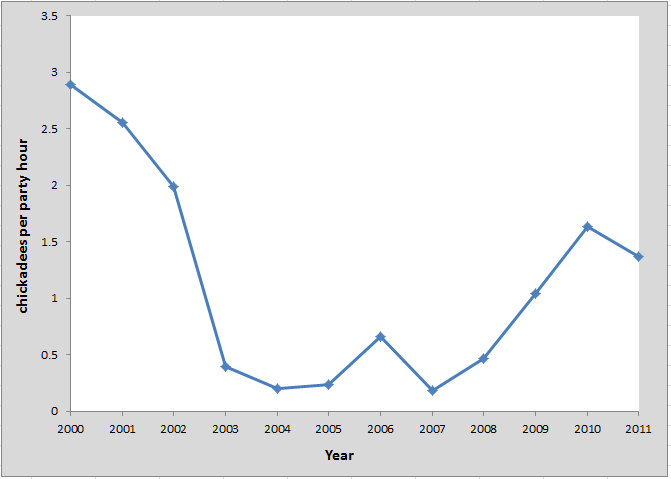
The Seward/Branched Oak CBC data show a dramatic decline. The number of Black-capped Chickadees recorded per party hour was a fraction in 2003 and subsequent years compared to what it was in 2002. Data from all of Nebraska’s CBCs, below, show a smoothing of the pattern. This is not unexpected because chickadees seemed to be hit harder in some areas more so than others (e.g., Seward/Branched Oak CBC).
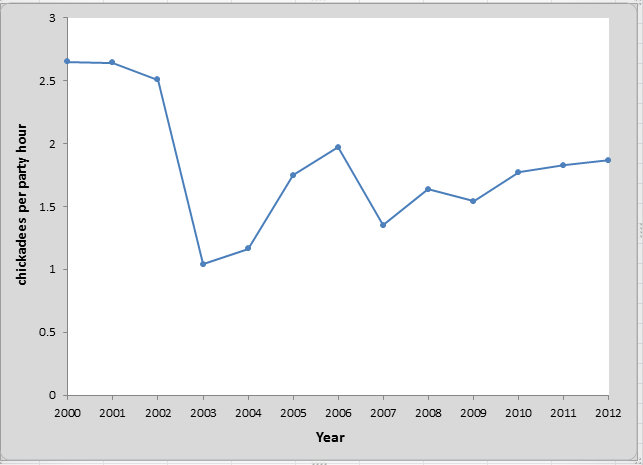
Below is data from the BBS. Note that the crash occurs a year later, from 2003 to 2004, compared to the graphics above. The BBS is conducted in June (CBCs are conducted in late December and early January). WNV generally peaks in late summer and early fall, presumably data collected in 2002 were prior to any big die off from the disease – an interesting little wrinkle captured by these two sources.
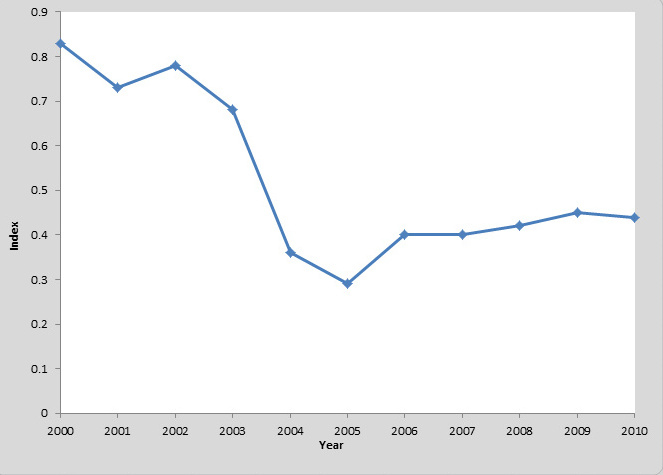
Black-capped Chickadees have come back, but as the data show, the chickadees still have a ways to go. There are some locales that chickadees have not recolonized. Nonetheless, it is reassuring that the familiar “chick-a-dee-dee” call of this species is once again a familiar sound when stepping out into any woodland or even a typical backyard with a few trees. During the chickadees’ absence, it was sorely missed.
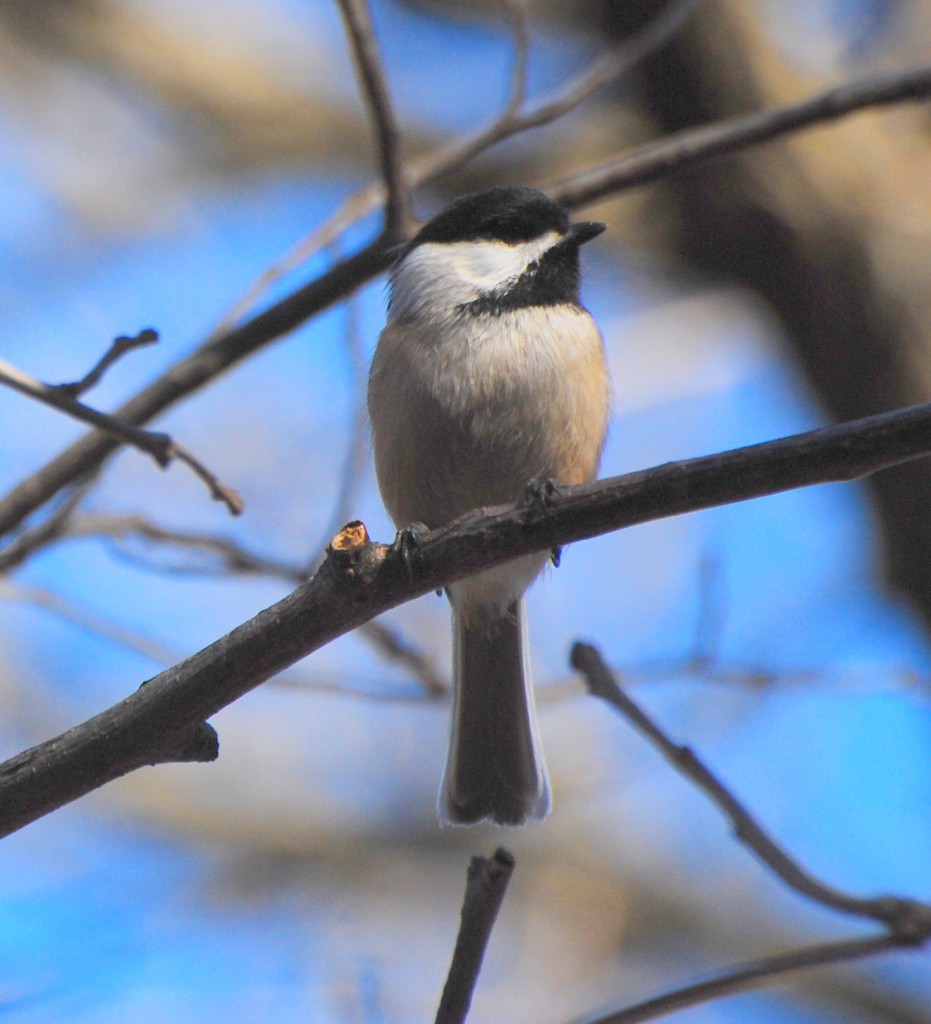
I am grateful to the volunteers that collected CBC and BBS data used in the blog post and for the United States Geological Survey and Audubon Society for making the data available online.
 Nebraskaland Magazine
Nebraskaland Magazine




